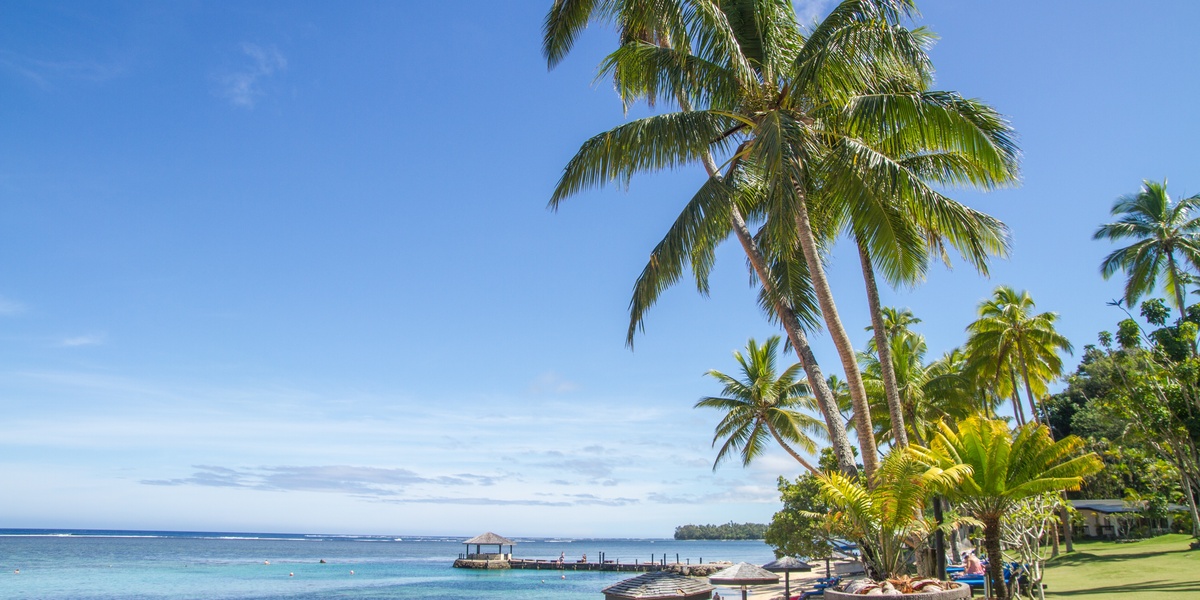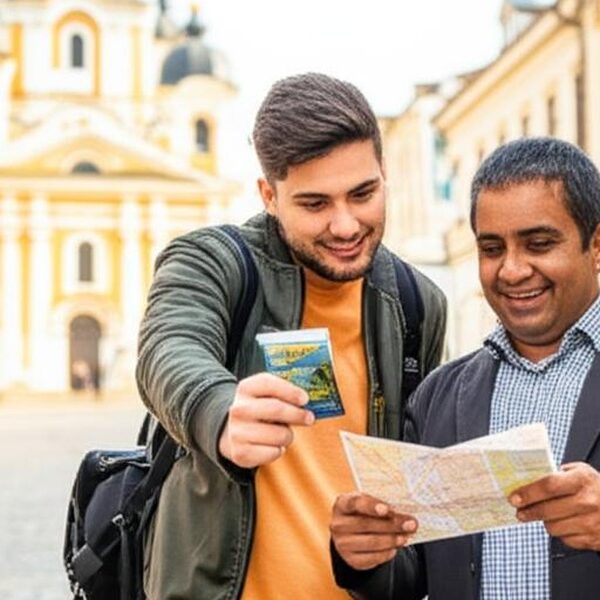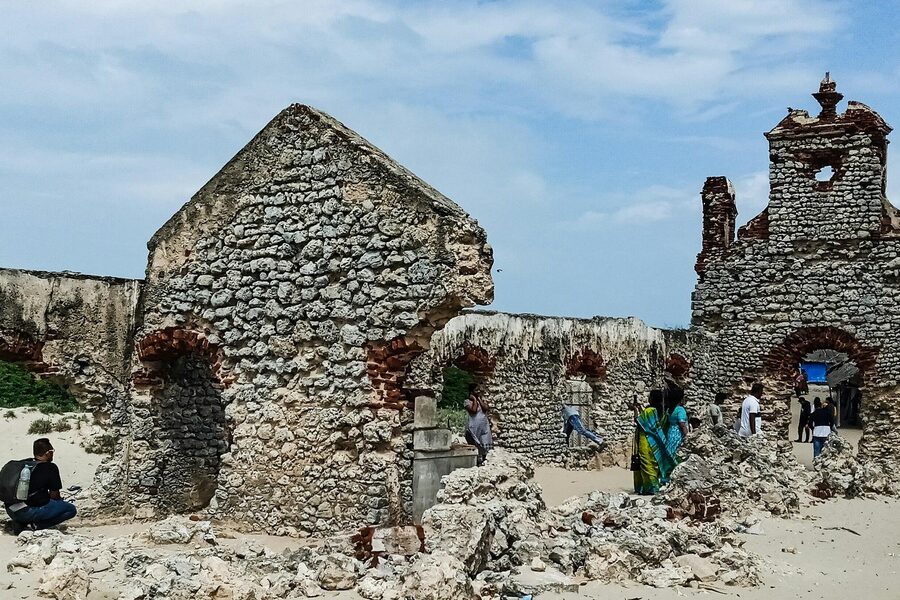Fiji is made up of about 333 islands, yet only around 110 are inhabited—enough variety to keep every kind of traveler busy for weeks. The islands stretch across more than 1.3 million square kilometers of ocean, but the land area and small-town pace make travel feel intimate; the nation’s population is roughly 900,000 people and Fiji gained independence in 1970. Many visitors fly into Nadi International Airport and then choose between quick boat hops or short domestic flights to reach their island of choice.
Too often people pick a single resort or a single beach and miss the range of experiences here: from reef snorkeling to village kava ceremonies, and from adrenaline shark encounters to slow afternoons in a beachfront bure. From snorkeling world-class reefs to joining a kava ceremony with locals, Fiji mixes adventure, culture, and laid-back island time—here are 10 genuinely cool things to do that show you why. Ready to mix reef days with village visits?
Below you’ll find 10 curated activities grouped into four categories: Beach & Water Adventures; Marine & Diving; Culture & Local Life; and Island Hopping & Relaxation. Expect practical tips and concrete examples to help plan your trip, whether you have a weekend or two weeks.
Beach and Water Adventures
Fiji’s waters stay warm year-round, typically about 26–29°C, which makes beaches and shallow-water activities pleasant seasons aside. Most visitors arrive via Nadi International Airport and head to Denarau or Port Denarau, where day-boat departures and organized excursions leave daily; many Mamanuca islands sit roughly 30–90 minutes by boat from Port Denarau depending on the island and vessel. The shallow lagoons and sheltered bays suit everyone from families to first-time snorkelers, and activities like paddleboarding and short boat trips are widely available.
1. Snorkel in the crystal lagoons of the Mamanucas
Snorkeling in the Mamanuca Islands is an accessible, family-friendly highlight with visibility often 15–30 meters at prime sites and colorful reef fish schooling over soft coral gardens. Popular spots include reefs around Castaway Island and the small, photogenic Monuriki (the filming location for Cast Away). Half-day trips run from Denarau and Port Denarau, making this a perfect morning outing if you’re based on Viti Levu.
Practical tips: bring reef-safe sunscreen, go at high tide for calmer water, and consider a guided snorkel tour if you want reef-ID tips and safety oversight. Operators commonly provide masks and fins, and the shallow, sheltered sites mean kids and nervous swimmers can still enjoy the show.
2. Float on the Cloud 9 platform and try platform-to-platform snorkeling
Cloud 9 is an iconic floating bar and platform in the Mamanucas that blends socializing with very easy access to snorkeling. Day cruises to Cloud 9 typically last 6–8 hours from Port Denarau and include stops at nearby reefs for short swims and gear-assisted snorkels.
The vibe suits groups and couples who want a lively water day: sun decks, DJ or live music on some sailings, and shallow snorkel sites you can reach directly from the platform. Safety basics: wear a life jacket when advised, drink plenty of water to avoid sun fatigue, and use reef-safe sunscreen.
3. Kayak or stand-up paddleboard in protected lagoons
Paddling lets you explore quiet shallows and edge along reef flats where snorkelers can’t always go. Many resorts and local outfitters rent SUPs and kayaks, often for hourly or half-day use, and calm lagoons near Denarau and outlying islands are ideal for beginners.
Try an early-morning paddle for bird and fish activity or a sunset run for photos. Safety tips: check wind forecasts before heading out, wear a leash on SUPs, and carry water and a sun hat.
Marine Life & Diving Experiences
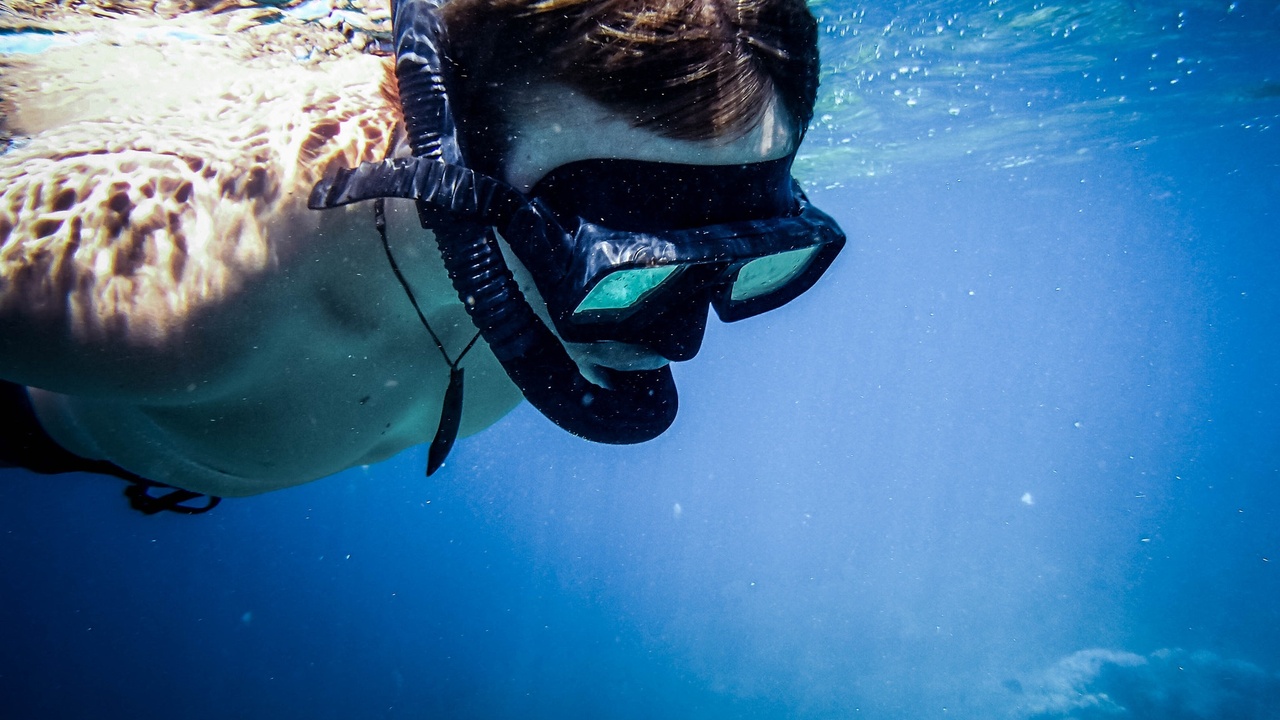
Fiji is often called the “soft coral capital of the world,” thanks to dense gardens of fanlike corals and huge color variation. Taveuni and Beqa are marquee dive destinations, with sites ranging from shallow coral gardens to dramatic walls. Visibility commonly runs 15–30 meters, though currents at prime sites can be strong—so many operators schedule dives to match tides.
4. Go on a shark dive at Beqa Lagoon
Beqa Lagoon offers managed shark encounters that combine adrenaline with careful, experienced-led operations. Operators such as Beqa Adventure Divers run controlled dives with regular sightings of reef and bull sharks in a setting designed for diver safety and animal welfare.
Dive formats vary: some are for experienced divers only, while guided novice programs include thorough safety briefings and shallow encounter opportunities. Operators work with local communities on reef protection and tourism revenue sharing, which helps conservation and local livelihoods.
5. Dive Taveuni’s coral gardens in the Somosomo Strait
Taveuni, nicknamed the Garden Isle, showcases spectacular soft corals and macro life in the Somosomo Strait. Famous sites like Rainbow Reef and the Great White Wall attract underwater photographers and advanced divers seeking saturated colors and dramatic drop-offs.
Conditions can include strong currents and variable visibility, so many divers opt for liveaboards or dive resorts that time dives with slack tides. Local dive operators and resort programs offer guided trips and photo-focused briefings.
6. Try a beginner scuba course or a Discover Scuba dive
Fiji makes it straightforward to try scuba or get certified. Many resort dive centers and local shops offer PADI or SSI Discover Scuba sessions—brief pool or shore training followed by a shallow guided dive—and full Open Water courses that can be completed in about 3–4 days.
Practical notes: expect medical-screening forms and age limits (PADI Discover Scuba usually from age 10, Open Water from 10–12 with junior restrictions). After certification you’ll have access to much better sites, and many resorts bundle courses with accommodation.
Culture, Food & Local Life
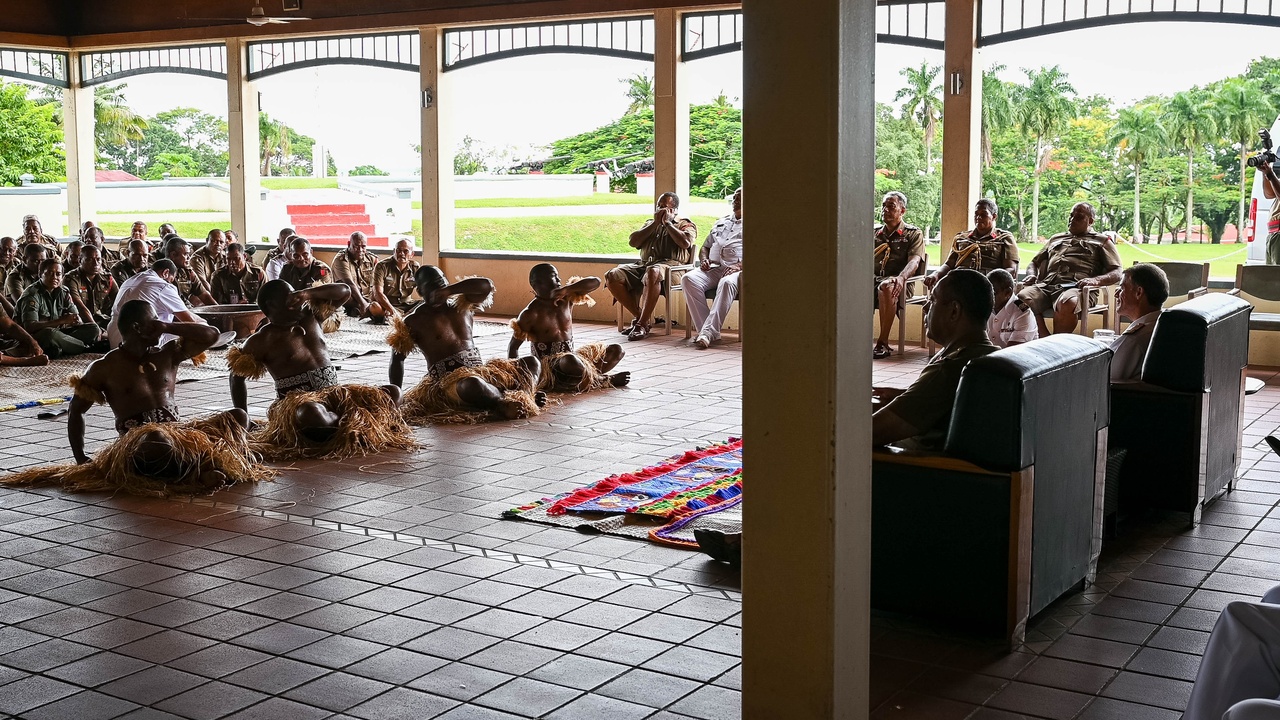
Cultural experiences are what turn a pleasant beach trip into a memorable visit. Indigenous iTaukei etiquette, village visits, and kava ceremonies give direct access to local life; many community-based tourism programs share proceeds with villages. Remember historical context: Fiji became independent in 1970, and roughly one-third of the islands are inhabited today, so village culture is still central to many communities.
7. Attend a kava ceremony and visit a local village
A kava ceremony is an intimate way to meet locals and learn customs. Visitors are usually shown how the drink is prepared from ground kava root, offered a communal bowl, and invited to listen to traditional song and dance performances.
Etiquette matters: dress modestly, remove shoes when asked, accept invitations politely, and follow the lead of village hosts. Village-visit programs from Nadi or on islands like Taveuni often include a cultural guide and contribute funds to village projects.
8. Taste Fijian cuisine: kokoda, lovo, and island produce
Tasting local food is a direct route into history and shared flavors. Kokoda is a ceviche-style dish of lime-cured fish with coconut, while lovo is an earth-oven feast cooked on heated stones and commonly served at celebrations. Staples include cassava, taro, tropical fruits, and roti from the Indian-Fijian culinary tradition.
Where to try these: seaside restaurants in Denarau and Suva markets serve kokoda, while village demonstrations and some resorts stage lovo feasts for guests. Sunday municipal markets in Suva or Nadi are perfect for sampling snacks and buying fresh produce.
Island Hopping, Unique Stays & Relaxation
Fiji’s accommodation range moves from budget guesthouses and backpacker hostels to private-island resorts and boutique bures. Island-hopping logistics are straightforward: many trips use day-boat ferries, while some longer hops require short domestic flights on carriers like Fiji Airways. Balance activity with downtime by planning a mix of movement and multi-night stays.
For a sampler of cool things to do in fiji, consider combining a week of snorkeling and village visits with a few nights at a quieter resort to recharge.
9. Hop between the Yasawas and stay in a beachfront bure
Island-hopping the Yasawas reveals limestone beaches, hidden coves, and small-scale village life. Ferry services like the Yasawa Flyer run scheduled routes connecting main islands; for a relaxed pace plan 2–3 nights per island so you can explore and unwind.
Beachfront bures—traditional-style bungalows—offer authentic, low-key stays. You’ll find basic guesthouses for budget travelers and mid-range resorts with more services; pack light and book ferry schedules in advance, especially in high season.
10. Splurge on a private-island or eco-resort for pure downtime
When ultimate relaxation is the aim, a private-island stay or high-end eco-resort can deliver seclusion, service, and reef stewardship. Examples include lagoon-style bures at Likuliku Lagoon Resort (an adults-only option) and several small eco-lodges that emphasize conservation and community partnerships.
Rates vary widely; a typical worthwhile stretch is 3–5 nights. Many resorts include transfers from Nadi, which simplifies logistics, and choosing properties with reef-protection programs helps ensure tourism dollars support local conservation.
Summary
Fiji blends warm-water play, rich marine biodiversity, meaningful cultural exchange, and the kind of downtime that makes a trip truly restorative. Across roughly 333 islands and with practical hubs like Nadi and Denarau, it’s easy to combine reef days, a village visit, and a few nights in a beachfront bure to get a rounded experience.
- Fiji’s water temps (about 26–29°C) and excellent visibility make snorkeling and diving accessible year-round.
- Mix active marine experiences (snorkel, shark dives, dive courses) with cultural moments like kava ceremonies and lovo feasts.
- Plan transfers realistically: day-boats for Mamanucas/Yasawas and short domestic flights for farther islands; allow 2–3 nights per stop for a relaxed pace.
- Support community-based programs and conservation-minded resorts to ensure tourism benefits local people and reefs.
Pick 2–3 items from this list for your next trip and build the rest around them—combine a couple of reef days with a village visit and a few nights on an island to get a real sense of why Fiji is so special.

